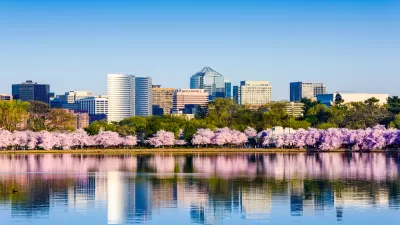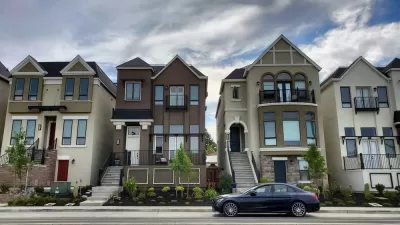Despite efforts to implement rental assistance programs and eviction moratoriums during the COVID-19 pandemic, tens of thousands of California households were served eviction notices last year, with more falling behind on rent payments.

Close to 36,000 California households were hit with eviction notices in the 2021 fiscal year (from July 1, 2020 to June 30, 2021). According to an article by Lauren Hepler and Raheem Hosseini in the San Francisco Chronicle, “Those numbers don’t include many tenants who left under threat of eviction, negotiated move-out deals or who still owe back rent from the pandemic — groups that advocates warn are hard to track and still growing as emergency state renter protections expire.”
The authors write that “The data comes from the most recent annual report by the Judicial Branch of California and underscores the limits of state efforts to mute the pandemic’s effects on financially vulnerable residents. Renter advocates fear it’s also a preview of evictions to come after two years of upheaval in one of the country’s most expensive places to live.” About 11 percent of the eviction filings were in the San Francisco Bay Area, primarily in Santa Clara, Contra Costa, and San Francisco counties.
“Statewide eviction protections that were cobbled together in real time from gubernatorial executive orders, state judicial decrees, public health orders and legislative action were supposed to buy time for residential tenants struggling to pay rent and other living costs as a result of pandemic economic quakes. The protections were extended multiple times, and finally expired after 27 months on July 1.” Now, the future of tenants across the state is uncertain. According to the National Equity Atlas, 738,000 California households are behind on rent as of May 2022.

Maui's Vacation Rental Debate Turns Ugly
Verbal attacks, misinformation campaigns and fistfights plague a high-stakes debate to convert thousands of vacation rentals into long-term housing.

Planetizen Federal Action Tracker
A weekly monitor of how Trump’s orders and actions are impacting planners and planning in America.

In Urban Planning, AI Prompting Could be the New Design Thinking
Creativity has long been key to great urban design. What if we see AI as our new creative partner?

King County Supportive Housing Program Offers Hope for Unhoused Residents
The county is taking a ‘Housing First’ approach that prioritizes getting people into housing, then offering wraparound supportive services.

Researchers Use AI to Get Clearer Picture of US Housing
Analysts are using artificial intelligence to supercharge their research by allowing them to comb through data faster. Though these AI tools can be error prone, they save time and housing researchers are optimistic about the future.

Making Shared Micromobility More Inclusive
Cities and shared mobility system operators can do more to include people with disabilities in planning and operations, per a new report.
Urban Design for Planners 1: Software Tools
This six-course series explores essential urban design concepts using open source software and equips planners with the tools they need to participate fully in the urban design process.
Planning for Universal Design
Learn the tools for implementing Universal Design in planning regulations.
planning NEXT
Appalachian Highlands Housing Partners
Mpact (founded as Rail~Volution)
City of Camden Redevelopment Agency
City of Astoria
City of Portland
City of Laramie





























